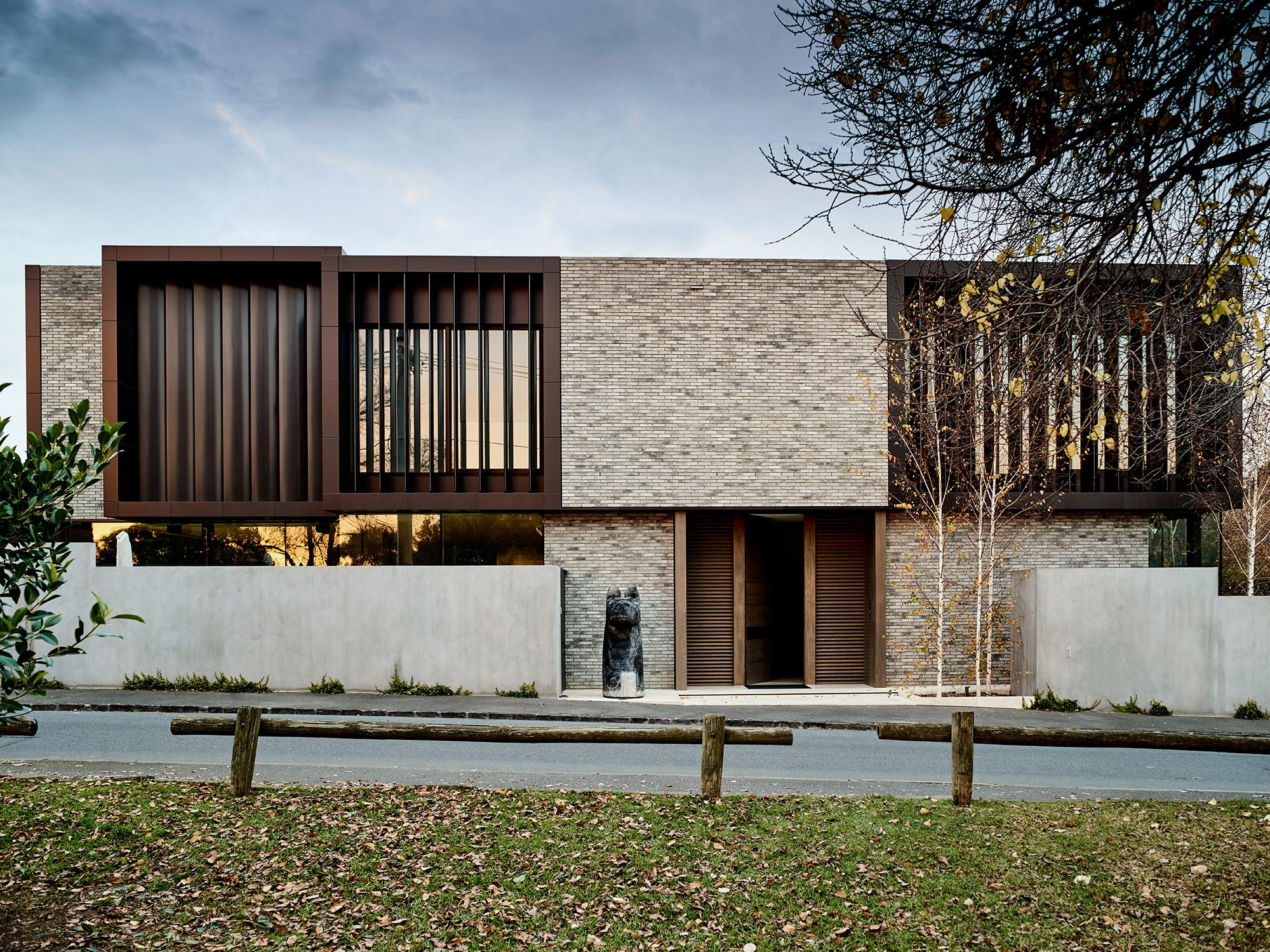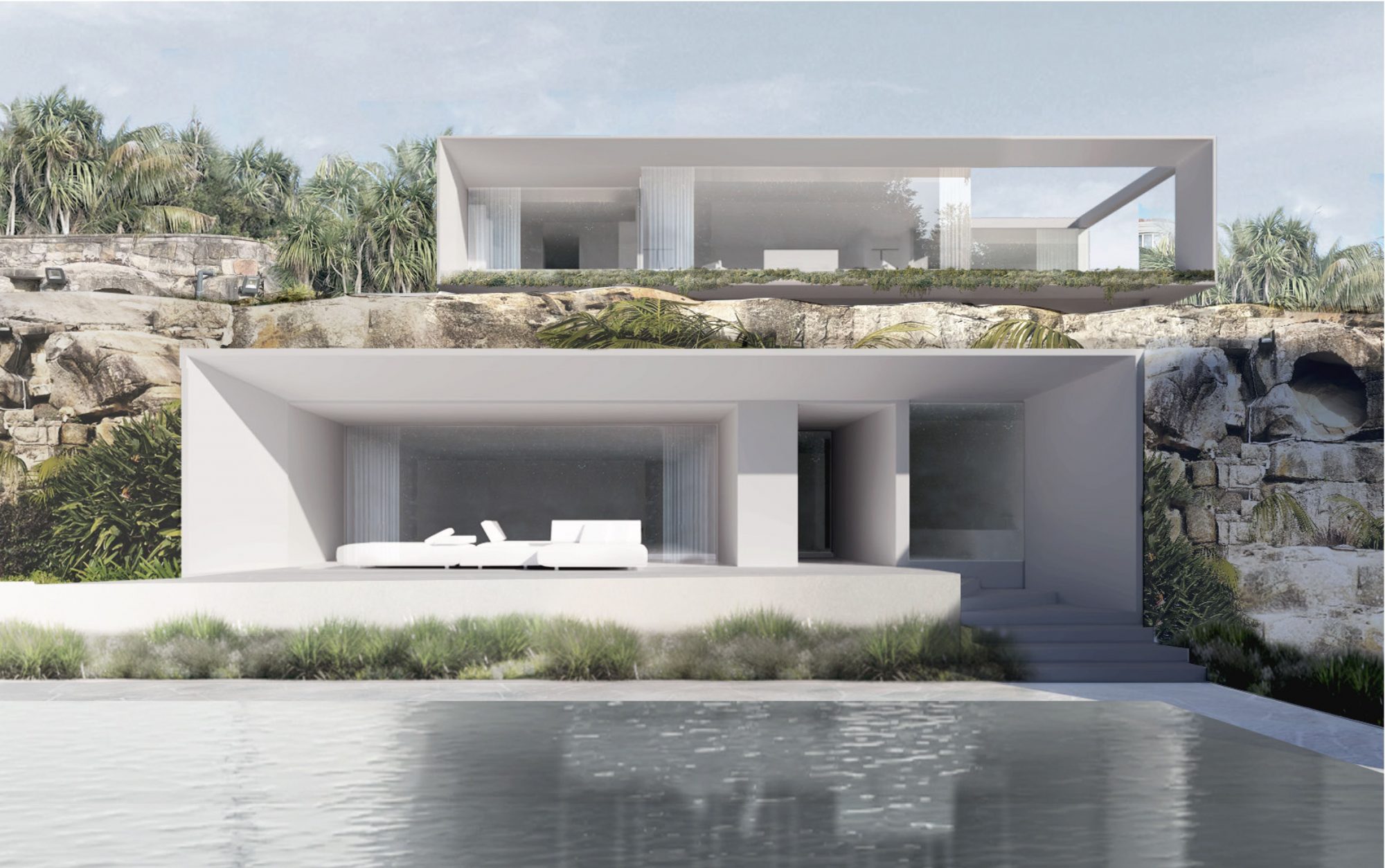Residential House Architect: Creating Unique Homes with Attention to Detail
Residential House Architect: Creating Unique Homes with Attention to Detail
Blog Article
Exactly How Residential Architects Develop Customized Houses for Every Way Of Life
The process by which residential engineers layout tailored homes is a nuanced interaction of comprehending customer requirements and equating those insights into useful living rooms. Via detailed examinations and the use of design tools, engineers catch the essence of their clients' way of livings, making certain that each home shows personal worths and desires.
Comprehending Client Demands

Effective interaction is vital in this process. Engineers ought to encourage clients to articulate their way of livings, family characteristics, and future goals, ensuring that the style reflects their special identity. By using tools such as sets of questions, meetings, and visual studies, designers can gather beneficial insights right into the client's vision.
In addition, comprehending the context in which a home will certainly exist is necessary. Architects need to take into consideration factors such as the website characteristics, regional environment, and cultural influences that can affect the layout. This alternative technique enables the development of rooms that are not just aesthetically pleasing however lasting and additionally practical.
Eventually, a deep understanding of customer requires makes it possible for architects to create personalized homes that boost the top quality of life for their occupants, promoting a sense of belonging and convenience within their living settings.
Layout Refine and Cooperation
The design process in domestic design is a dynamic interaction of creative thinking and cooperation, where architects, customers, and different stakeholders work closely to bring a vision to life. This iterative journey normally starts with a series of conferences to develop a detailed understanding of the client's goals, choices, and way of life demands. During these discussions, architects collect crucial details, allowing them to conceive styles that align with the customer's vision.
Adhering to the first examinations, the style phase evolves via illustrations, 3D designs, and architectural renderings. This aesthetic interaction functions as a tool for engineers to present ideas, while additionally welcoming client responses, making certain that the last design reverberates with their expectations. Effective cooperation with designers, professionals, and interior developers is important during this phase, as it guarantees that all functional facets of the task are flawlessly integrated.

Incorporating Way Of Life Elements
Incorporating way of life aspects right into household design is vital for producing rooms that absolutely reverberate with the occupants. residential architecture homes. This procedure starts with recognizing the unique needs, choices, and daily regimens of the homeowners. Architects take part in comprehensive discussions to uncover how the specific or family members utilizes their room, whether for enjoyable visitors, going after pastimes, or seeking quiet hideaway
As soon as these understandings are gathered, engineers can customize layout attributes that improve everyday experiences. Open flooring plans might be made for households that prioritize togetherness, while dedicated work spaces can be incorporated for those who function from home. Outside areas, such as patios or yards, can be stressed for households that enjoy exterior activities or entertaining.
In addition, versatility is a key factor to consider; multi-functional areas allow for versatility as lifestyles advance gradually. Custom storage space services can additionally be integrated to fulfill certain organization requirements, ensuring pop over to this web-site that the home stays practical and clutter-free. Eventually, by attentively weaving lifestyle components into the architectural textile, domestic engineers produce customized homes that not just fulfill visual desires however likewise substantially boost the lifestyle for their customers.
Lasting and Smart Design
Clever and lasting design progressively plays a crucial role in domestic design, as home owners look for to minimize their environmental effect while improving their living experiences. Engineers are currently incorporating environmentally friendly materials, energy-efficient systems, and ingenious modern technologies to develop homes that not just fulfill visual needs however additionally serve the world.
Including renewable resource resources, such as solar panels and wind turbines, allows homeowners to harness natural deposits, significantly decreasing reliance on conventional power grids. Smart home technologies even more enhance sustainability by optimizing power use via automated systems that control heating, cooling, and lighting based on tenancy and preferences.
Moreover, making use of lasting building materials-- like redeemed wood, bamboo, and recycled steel-- advertises a circular economy, reducing waste and source usage. Architects additionally highlight passive layout principles, guaranteeing homes are oriented for optimum all-natural light and ventilation, thereby decreasing the requirement for synthetic heating & cooling.
In addition to ecological advantages, sustainable and wise design adds to the overall convenience and health of locals. By prioritizing interior air quality and all-natural elements, designers develop areas that cultivate well-being, enabling homeowners to prosper in harmony with their atmosphere.
Wrapping Up and Executing Strategies
Finalizing and executing strategies is a crucial stage in the household architecture process, where the vision of a personalized home starts to materialize. This stage includes careful focus to detail, making sure that every element of the style is precisely expressed and all set for construction. residential architecture homes. Architects work together carefully with customers to examine last strategies, resolving any last-minute adjustments or issues, while guaranteeing that all aspects line up with the house owner's way of living demands
As soon as strategies are settled, engineers prepare thorough building and construction records, consisting of in-depth drawings and specs that serve as a blueprint for more information builders. These documents outline products, coatings, and setup techniques, offering clarity for subcontractors and service providers. In addition, protecting required permits and sticking to regional building content codes is important, as it ensures conformity and smooth job execution.
By promoting a collective environment, designers can assure that the application straightens with the original vision. Eventually, this critical phase changes principles into truth, laying the structure for a home that reflects the special way of living and preferences of its occupants.
Verdict
In final thought, domestic architects play a pivotal duty in crafting tailored homes that provide to diverse lifestyles. Through thorough understanding of customer requirements, collaborative design procedures, and the combination of lifestyle elements, engineers make sure that each home shows individual choices.
The process by which residential engineers style customized homes is a nuanced interaction of comprehending client demands and equating those insights right into functional living rooms. With extensive consultations and the usage of design devices, designers record the significance of their customers' lifestyles, making certain that each home shows individual values and desires. Designers need to motivate customers to verbalize their way of livings, household characteristics, and future goals, making certain that the design mirrors their unique identification.The design process in household design is a vibrant interaction of imagination and cooperation, where architects, clients, and numerous stakeholders work carefully to bring a vision to life - residential architecture homes. Via meticulous understanding of client requirements, joint design processes, and the combination of way of living elements, designers make sure that each home mirrors individual preferences
Report this page